Introduction
In the ever-changing warfare landscape, camouflage and concealment have remained vital for military operations. From ancient hunting techniques to modern-day hybrid warfare, the art of blending in with the environment has evolved significantly. Technological advancements and the rise of surveillance devices challenge traditional physical camouflage techniques, prompting the development of digital camouflage strategies. This article explores the history and evolution of camouflage and concealment on the battlefield, the use of advanced materials and technologies, and the integration of digital camouflage in contemporary military operations.
A Historical Perspective: Camouflage Through the Ages
The concept of camouflage dates back to ancient times when hunters used natural elements to blend in with their surroundings to avoid detection by prey. Over the centuries, camouflage techniques evolved, finding application in military settings. Soldiers and equipment were hidden amidst the foliage, blending with the terrain to deceive their adversaries and gain a tactical advantage. The use of neutral colours on tanks, like the “Leopard,” exemplifies the continued relevance of this practice in modern warfare.
Concealment Techniques- World War II, Korean War, Vietnam, the Gulf War and the conflict in Ukraine
Camouflage and concealment techniques have played a crucial role in military operations throughout history, including World War II, Korean War, Vietnam War, Gulf War, and the conflict in Ukraine. Each conflict witnessed the application of unique camouflage strategies based on the time’s technological capabilities and the battlefield’s nature. Let’s explore the camouflage techniques used in each of these conflicts:
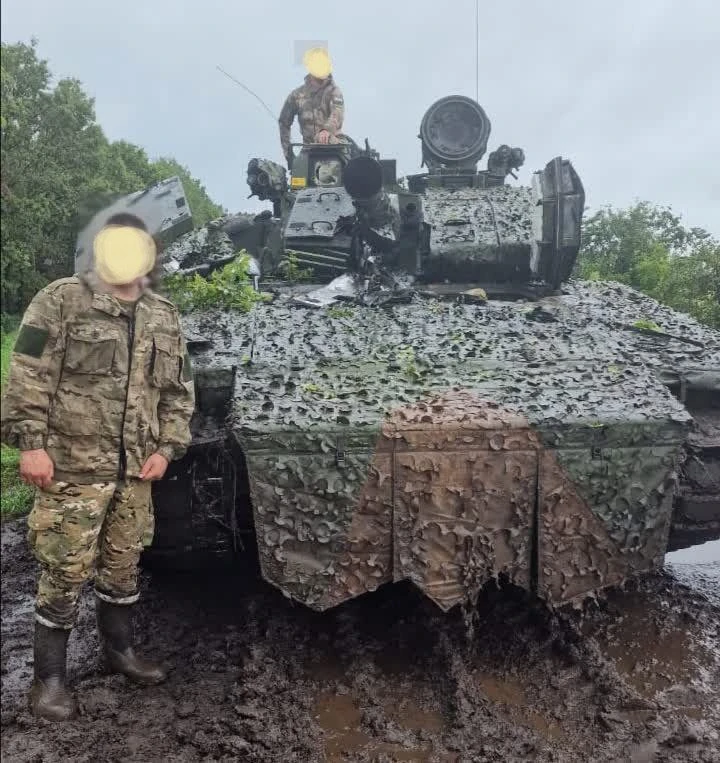
World War II
During World War II, all significant combatants employed camouflage techniques on a large scale. Some of the standard camouflage methods used during this period.
Natural Camouflage
Soldiers and equipment were often painted in colours that matched the surrounding terrain, such as green, brown, or white, for winter conditions. Tanks, vehicles, and aircraft were painted with camouflage patterns to blend in with the environment.
Camouflage Nets
Camouflage nets were widely used to cover equipment and provide additional concealment. These nets were designed to resemble natural foliage and helped disguise artillery, vehicles, and personnel.
Dummy Installations
Allied and Axis forces used dummy installations to deceive the enemy, making them believe certain areas were heavily fortified or occupied. This tactic aimed to divert enemy attention away from actual troop movements.
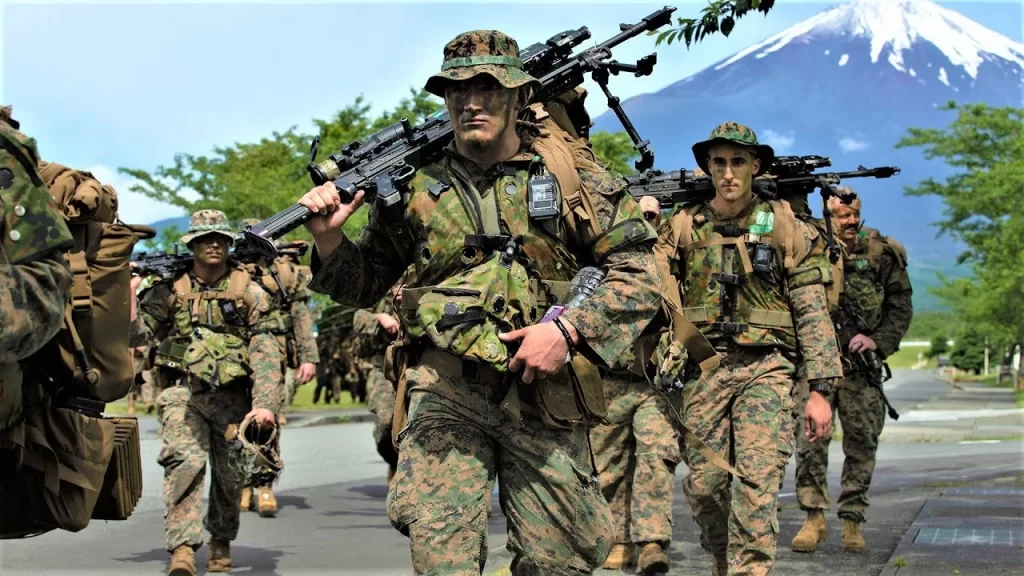
Camouflage Clothing
Soldiers wore camouflage-patterned uniforms, particularly in specialized units like snipers and reconnaissance teams. These uniforms allowed soldiers to better blend into the environment.
Korean War
During the Korean War, camouflage techniques continued to be a crucial aspect of military strategy. Some of the techniques used in this conflict included:
Winter Camouflage
Given the harsh winter conditions during the conflict, troops often utilized white-painted uniforms and snowsuits to blend in with the snow-covered landscape.
Jungle Camouflage
Soldiers used green and brown-coloured uniforms in areas with dense vegetation to match the surroundings.
Concealment of Artillery
Camouflage nets and natural foliage were employed to conceal artillery positions and protect them from aerial observation.
Vietnam War
Due to the dense jungles and guerrilla warfare tactics, the Vietnam War brought new challenges for camouflage and concealment. Some of the techniques used during this conflict are elaborated below.
Tiger Stripes
Soldiers adopted tiger stripe-patterned uniforms to blend into the jungle environment effectively.
Face Paint
Troops often used dark face paint to break up their facial outlines and avoid detection by the enemy.
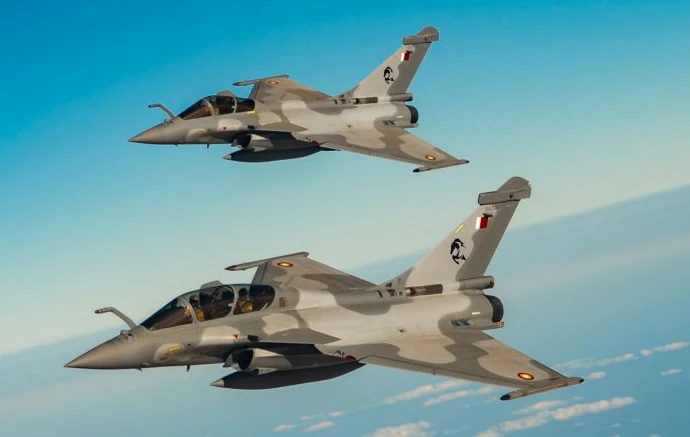
Ghillie Suits
Snipers and reconnaissance teams used ghillie suits, which were heavily camouflaged suits covered in natural vegetation, to conceal themselves while observing enemy movements.
Helicopter Camouflage
Helicopters were often painted with non-reflective colours and camouflage patterns to reduce their visibility during missions.
Gulf War
Technological advancements played a significant role in camouflage and concealment techniques during the Gulf War.
Desert Camouflage
Troops and equipment were painted in desert camouflage patterns to blend in with the region’s arid environment.
Radar Absorbent Materials
Aircraft and other high-value assets were coated with radar-absorbent materials to reduce their radar signature and avoid detection by enemy radars.
Conflict in Ukraine
The conflict in Ukraine has seen a mix of traditional and modern camouflage techniques. Some of the techniques used in this ongoing conflict include:

Digital Camouflage
Ukrainian forces have adopted digital camouflage patterns for their uniforms and equipment to provide better concealment in urban and rural environments.
Urban Camouflage
In urban warfare, soldiers often use specialized camouflage patterns that match the colours and textures of buildings and infrastructure.
Concealment in Rural Areas
In rural areas, troops use natural camouflage techniques, such as covering vehicles with branches and foliage, to blend in with the surroundings.
Decoy Tactics
Both sides have used decoy tactics to mislead the enemy and protect valuable military assets.
Indian Army Camouflage and Concealment
The Indian Army has employed various camouflage and concealment techniques in its conflicts with China and Pakistan to gain tactical advantages, protect troops, and hide military assets. Each conflict posed unique challenges, and the Indian Army adapted its camouflage strategies accordingly. Here’s an overview of how camouflage and concealment were utilized in conflicts with China and Pakistan.
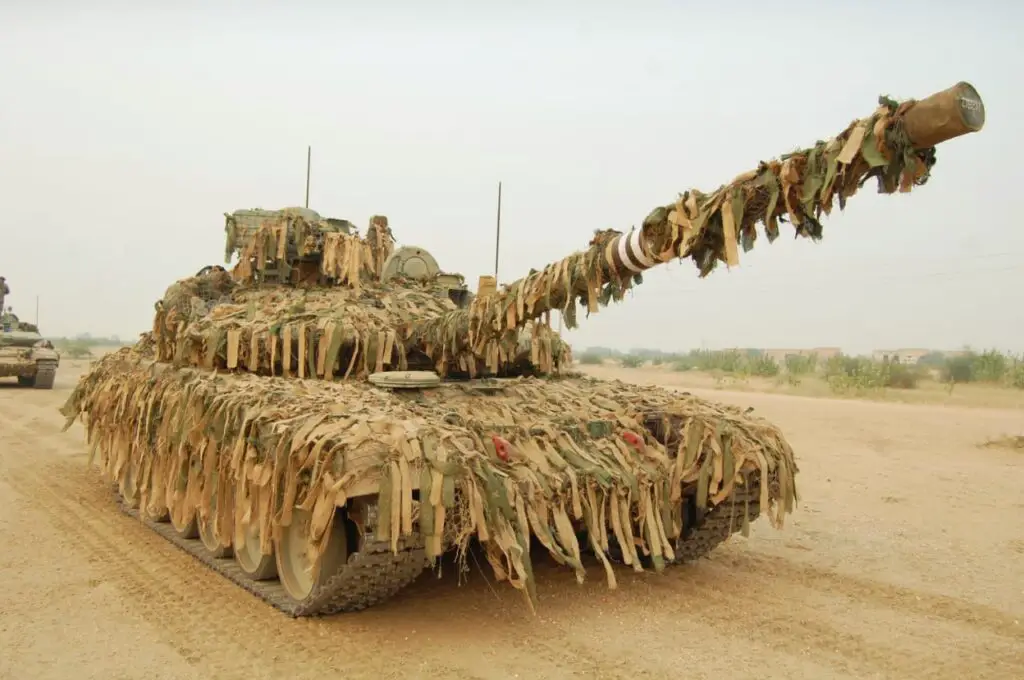
Conflicts with China
1962 Sino-Indian War
During the 1962 Sino-Indian War, the Indian Army faced harsh mountainous terrains in the Himalayas. Soldiers used natural camouflage by wearing white or snow-coloured clothing to blend into the snowy surroundings. They also utilized white camouflage netting and blankets to conceal equipment and positions.
1967 Nathu La and Cho La Clashes
In the Nathu La and Cho La clashes, Indian troops faced Chinese forces at high altitudes in the Himalayas. The Indian Army used specialized camouflage clothing to match the rocky and icy terrain.
1986-1987 Sumdorong Chu Conflict
During this conflict, both Indian and Chinese troops were stationed at high altitudes in Arunachal Pradesh. The Indian Army employed camouflage techniques, including using natural foliage and netting to conceal troops and equipment in the challenging mountainous environment.
2020 India-China Standoff
In the recent India-China standoff in eastern Ladakh, the Indian Army adopted advanced camouflage techniques to counter Chinese incursions. Troops used specialized clothing and equipment designed for high-altitude warfare, and concealment of positions and equipment was crucial in such a sensitive border region.
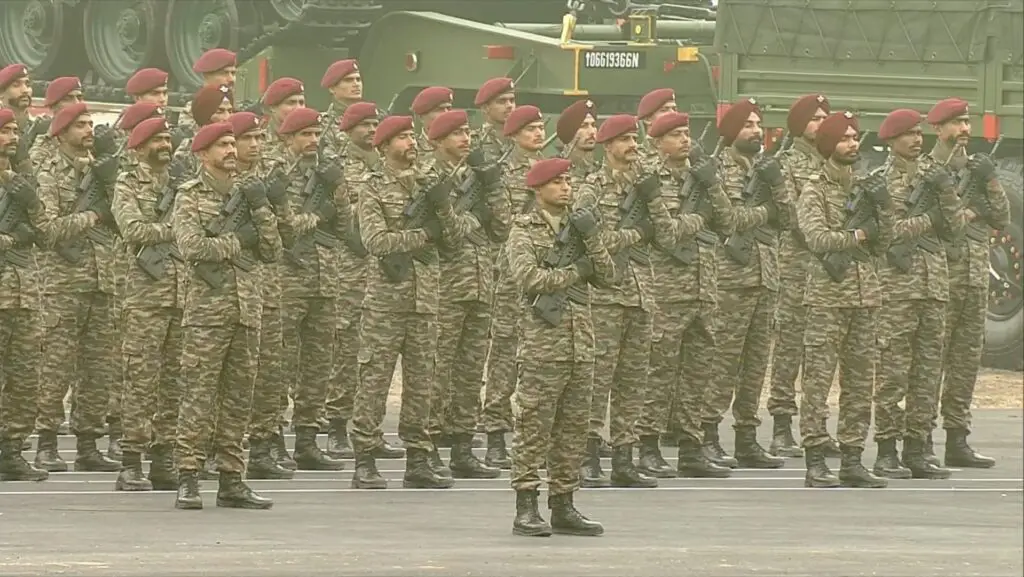
Conflicts with Pakistan
1965 Indo-Pak War
During the 1965 Indo-Pak War, camouflage and concealment techniques were vital in the desert and semi-arid regions, such as the Rann of Kutch and Rajasthan. Indian soldiers used desert camouflage patterns for their uniforms and equipment, enabling them to blend with the sandy and arid landscapes.
1971 Indo-Pak War
In the 1971 war, Indian troops operated in various terrains, including mountains, plains, and jungles. Camouflage patterns and clothing were adapted accordingly to suit different environments.
Kargil Conflict 1999
The Kargil conflict took place in the mountainous region of Jammu and Kashmir. The Indian Army used specialized high-altitude clothing and equipment, including snow camouflage uniforms, to blend in with the snow-covered terrain.
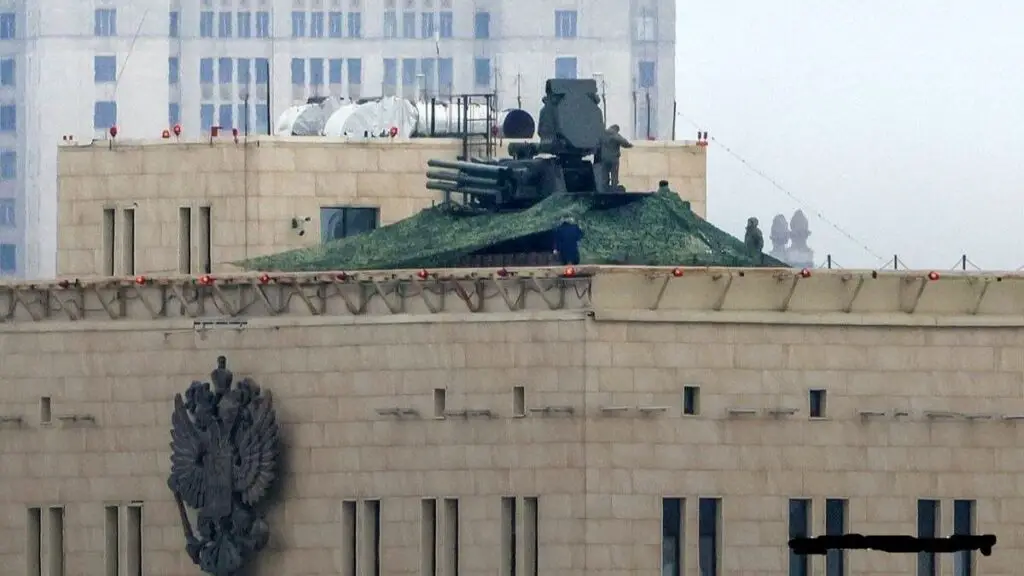
Counterterrorism Operations
In ongoing counterterrorism operations in Jammu and Kashmir, the Indian Army employs urban camouflage patterns for urban warfare situations. This includes using clothing and equipment designed to match the colours and textures of buildings and infrastructure.
Indian Army Mechanised Forces
Camouflage and concealment are critical elements for the Indian Mechanised Forces, primarily consisting of armoured units such as tanks, armoured personnel carriers, and infantry fighting vehicles. Applying effective camouflage and concealment techniques enhances the survivability of mechanized forces on the battlefield, reducing the risk of detection and improving their chances of successfully carrying out operations. Here are some ways the Indian Mechanised Forces employ camouflage and concealment.
Camouflage Patterns
Indian armoured vehicles are often painted with specific camouflage patterns suitable for the terrain they are expected to operate in. The choice of colours and patterns varies depending on the environment, such as desert, woodland, or urban areas. The primary aim is to make the vehicles blend in with their surroundings and reduce their visibility to the enemy.
Natural Camouflage
When operating in rural or forested areas, mechanized forces use natural camouflage to hide their vehicles. Branches, foliage, and local materials are often attached to the vehicles to break their outlines and make them less conspicuous.
Smoke Grenades
Mechanized forces use smoke grenades as a concealment measure. Smoke screens can obscure vehicles’ movement or mask their positions during manoeuvres or tactical retreats.
Concealment Nets
Camouflage nets are used to cover vehicles and equipment when they are stationary. These nets mimic the surrounding environment and provide additional concealment, making it harder for enemy reconnaissance and surveillance assets to spot the vehicles.
Night Operations
During night operations, mechanized forces utilize infrared and low-light imaging technologies to maintain their concealment. Specialized camouflage coatings can reduce the vehicles’ infrared signature, making them less susceptible to detection by enemy thermal imaging systems.
Decoys and Dummy Vehicles
Mechanized forces may deploy decoys and dummy vehicles to deceive the enemy about their troop positions and intentions. These decoys divert enemy attention and resources away from the actual combat assets.
Urban Camouflage
In urban warfare scenarios, mechanized forces use camouflage patterns that match the colours and textures of buildings and infrastructure to blend in with the urban environment.
Concealment of Movement
Mechanized forces practice good discipline and tactics to minimize their visibility during movements. Vehicles often maintain spacing and use cover and concealment while moving to reduce the risk of detection.
Electronic Countermeasures
Advanced mechanized units may utilize electronic countermeasures to disrupt enemy surveillance and reconnaissance systems, making it harder for the enemy to track their movements.
Terrain Selection
Mechanized forces select routes and positions that exploit natural terrain features for concealment. They may use hills, ridgelines, and vegetation to mask their presence from enemy observation.
The Indian Mechanised Forces continually evolve their camouflage and concealment techniques, leveraging technological advancements and lessons from previous conflicts to stay ahead of potential adversaries. Effectively implementing these measures enhances their operational effectiveness and survivability on the modern battlefield.
Challenges of Modern Surveillance Technology
As technology progresses, surveillance devices such as radars and monitoring systems have become more sophisticated, making it harder for military assets to evade detection. Traditional physical camouflage may no longer be sufficient to block vision, necessitating the adoption of novel methods to hide machinery and personnel. Introducing infrared systems and advanced radar technologies requires innovative solutions to maintain stealth.
Digital Camouflage: Adapting to the Modern Battlefield
Digital camouflage techniques are becoming increasingly significant in contemporary hybrid warfare settings. These strategies utilize cutting-edge technologies to confuse or interfere with hostile radars and infrared systems, making it difficult for adversaries to locate and target military assets. Specific materials can interact with different sensors, allowing equipment to blend with the environment or take on different appearances.
Advanced Materials for Camouflage and Concealment
Polymer-layered nets and other materials offer more reliable protection than conventional armour. These lightweight and adaptive materials provide camouflage without burdening military assets with heavy protective plates. Incorporating unique chemical compounds in fabrics prevents enemy radars from detecting moving transporters while maintaining a constant temperature similar to the ambient conditions helps prevent fluctuations.
Dynamic Defense Systems: A Synergy with Camouflage
Incorporating dynamic defence systems with camouflage techniques enhances protection for military assets. Dynamic protection systems can neutralize incoming projectiles, providing an added layer of security. The combination of camouflage and dynamic defence enables military equipment to remain hidden for extended periods, granting substantial tactical manoeuvring advantages.
Modern Applications: Global Military Forces
Various military forces around the world are actively utilizing advanced camouflage techniques. Russia’s use of polymer-layered nets for camouflage shields combat vehicles from unwanted emissions, making them less detectable by radars and radio waves. The Dutch military’s innovative electronic blanket, regulated by a nano processor, analyzes the surrounding environment to provide effective camouflage for vehicles and personnel.
The Future of Camouflage: Advancing Technology
The nature of warfare continues to evolve, demanding further advancements in camouflage techniques. As technology progresses, digital camouflage will become even more critical for protecting and surviving military assets in hybrid warfare scenarios. Research and development in materials, sensors, and adaptive technologies will drive the future of camouflage and concealment on the battlefield.
Conclusion
In conclusion, camouflage and concealment have been integral to military operations throughout history, evolving from ancient hunting techniques to sophisticated digital strategies. As the battlefield landscape changes and surveillance technology advances, military forces must continually adapt their camouflage techniques to remain effective and protect their assets. The historical perspective shows soldiers’ ingenuity in using natural elements and creative methods to blend into their surroundings and gain tactical advantages.
Over the years, conflicts such as World War II, the Vietnam War, and the Gulf War have applied diverse camouflage strategies tailored to each battlefield’s unique challenges. In the ongoing conflict in Ukraine and the Indian Army’s conflicts with China and Pakistan, traditional and modern camouflage techniques are utilized to confront changing threats and terrains.
New challenges arise with the advent of modern surveillance technologies, including infrared systems and advanced radars. Consequently, digital camouflage techniques, advanced materials, and dynamic defence systems have become vital to contemporary military operations. As technology advances, the future of camouflage will undoubtedly rely on cutting-edge research and development to maintain the crucial element of surprise and concealment on the ever-evolving battlefield. Military forces worldwide must stay at the forefront of these advancements to maintain their edge and effectiveness in modern warfare scenarios.

